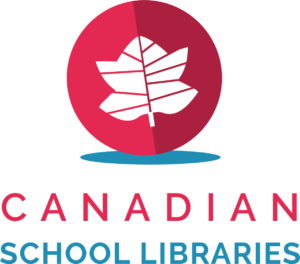(Originally posted November 14, 2010 on Blogger)
I’m preparing a full-day professional development event for our elementary and secondary teacher-librarians, which takes place later this week. The focus is on our plans for implementing the new Ontario guideline document, Together for Learning: School Libraries and the Emergence of the Learning Commons. This comes on the heels of a presentation I made a couple of weeks ago via Adobe Connect on the same topic to Ottawa-Carleton DSB and Ottawa Catholic DSB secondary teacher-librarians, and a presentation with Becky Rouse at the recent Educational Computing Organization of Ontario (ECOO) conference on building our WRDSB Library Learning Commons website.
My focus for all three events is that to be effective in today’s context we need to:
- deeply understand our purpose through professional learning and collaboration,
- explicitly examine how our purpose aligns with the goals and priorities of our respective school districts, and most importantly,
- help our constituencies understand the potential of our contribution to their own goals in ways that they had never before imagined.
This last point is about community value. It makes us ask ourselves what value we add to student learning and what unique contribution we make to our institutions. If we cannot ourselves express that unique contribution, then we should not be surprised if our constituents have difficulty understanding what we do!
All of this has me thinking about what unique contribution Together for Learning makes itself. In many ways it is quite similar to other influential guidelines like the American Association of School Librarians’ Standards for the 21st Century Learner and the International Society for Technology in Education’s National Educational Technology Standards. While all three documents are grounded in a contructivist approach to learning and are driven by the radically new constructs for learning in our technology-driven society, the focus of Together for Learning does make some very unique contributions.
- While the other two documents strive to set standards, Together for Learning strives to help leaders and practitioners understand new constructs and suggests strategies for changing practices accordingly.
- Together for Learning firmly grounds new approaches within the foundational values of libraries and school libraries like equity of access, freedom to read and explore, fostering cultural identity and personal growth, and information ethics.
- Together for Learning challenges all school library practitioners to be active change agents who lead by example.
- The document includes a new model for inquiry which is grounded in knowledge of the real information-seeking behaviours of students.
- Most significantly, I think, this document clearly adds dimension to the discussion of inquiry-based learning and critical thinking. It clearly makes a distinction between covering content and knowledge-building. So many of the discussion I hear about 21st century learning equate content and knowledge, which I think is a critical mistake and sets up a flawed argument. But more on that discussion in upcoming posts!


